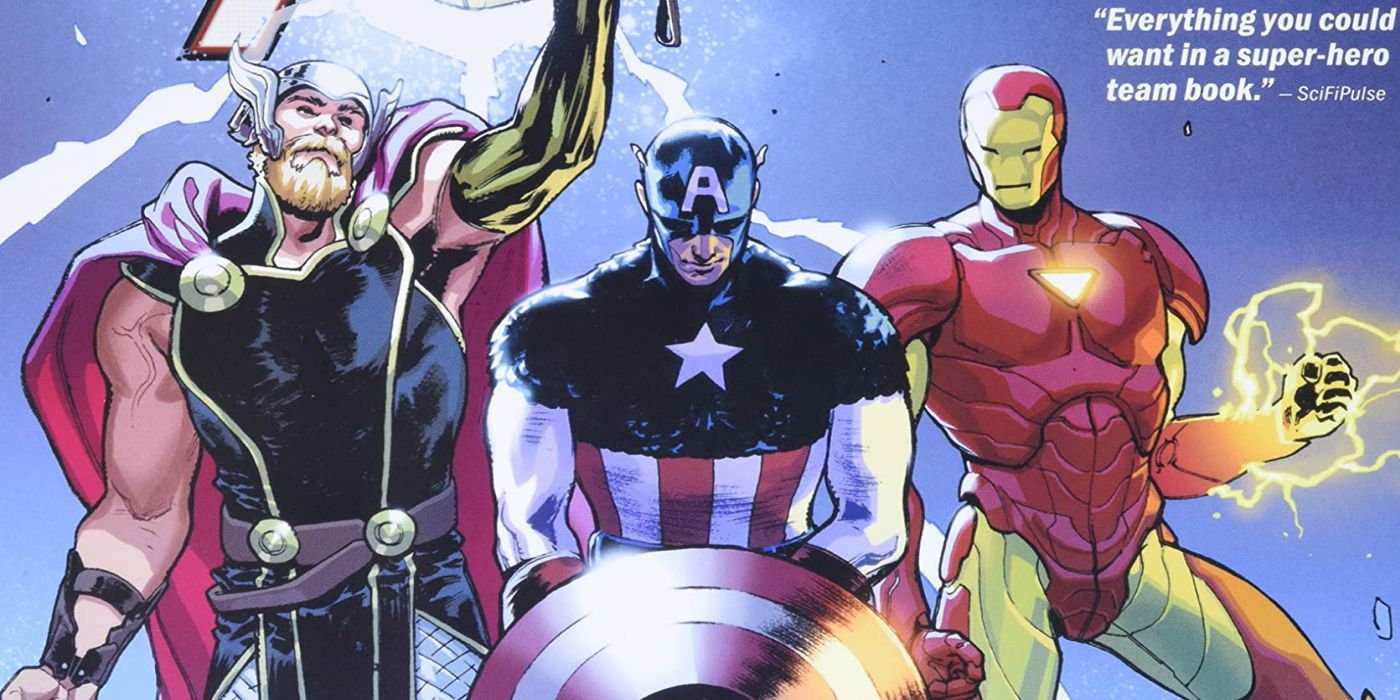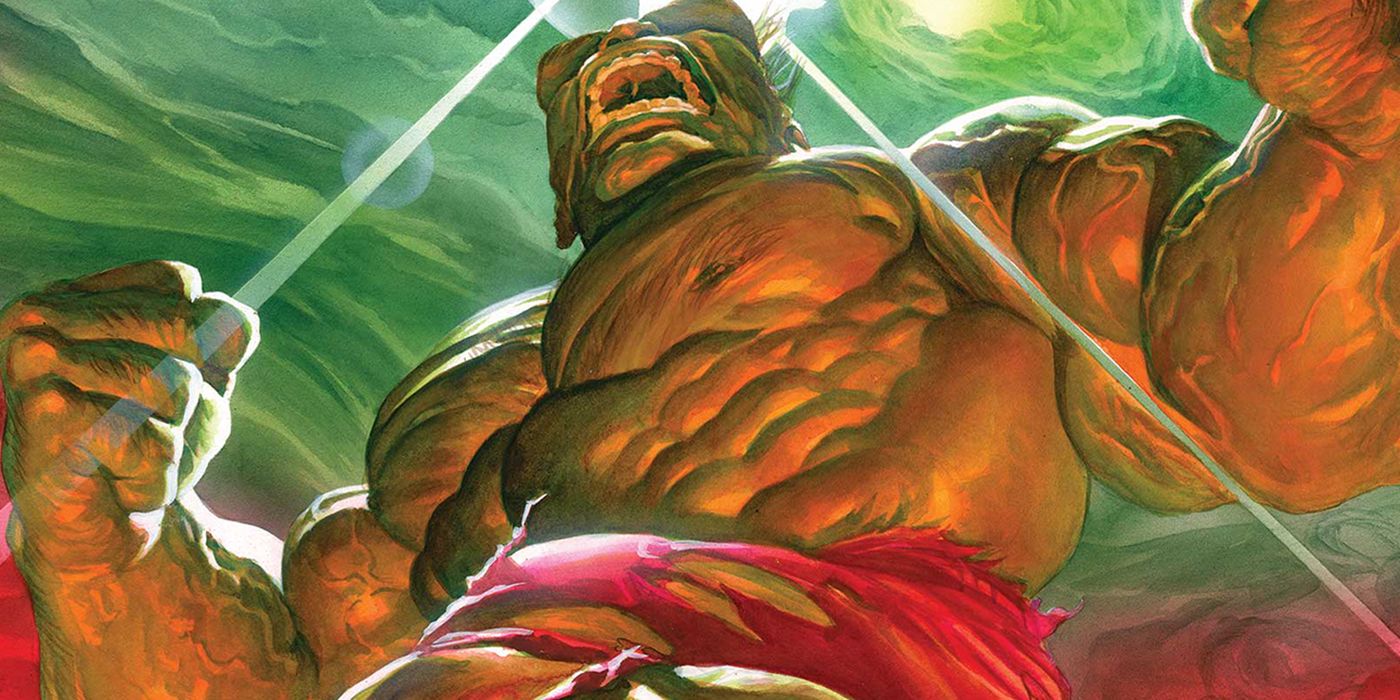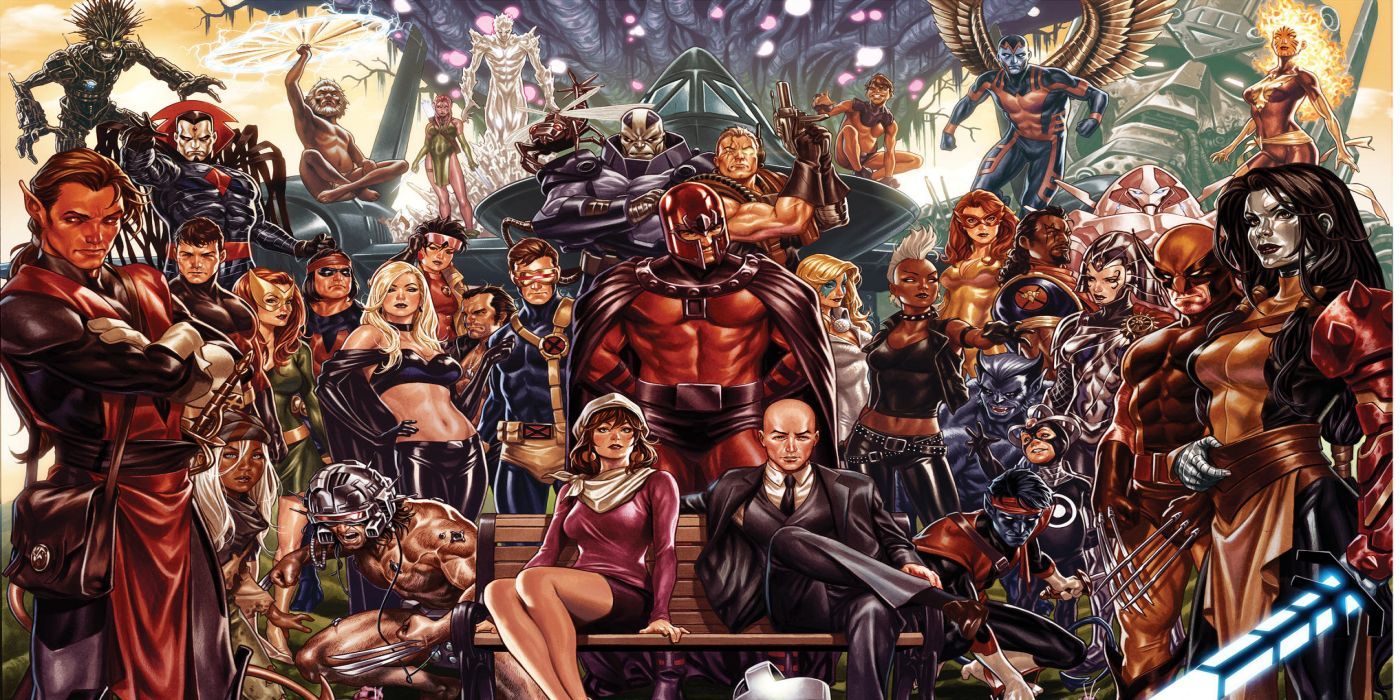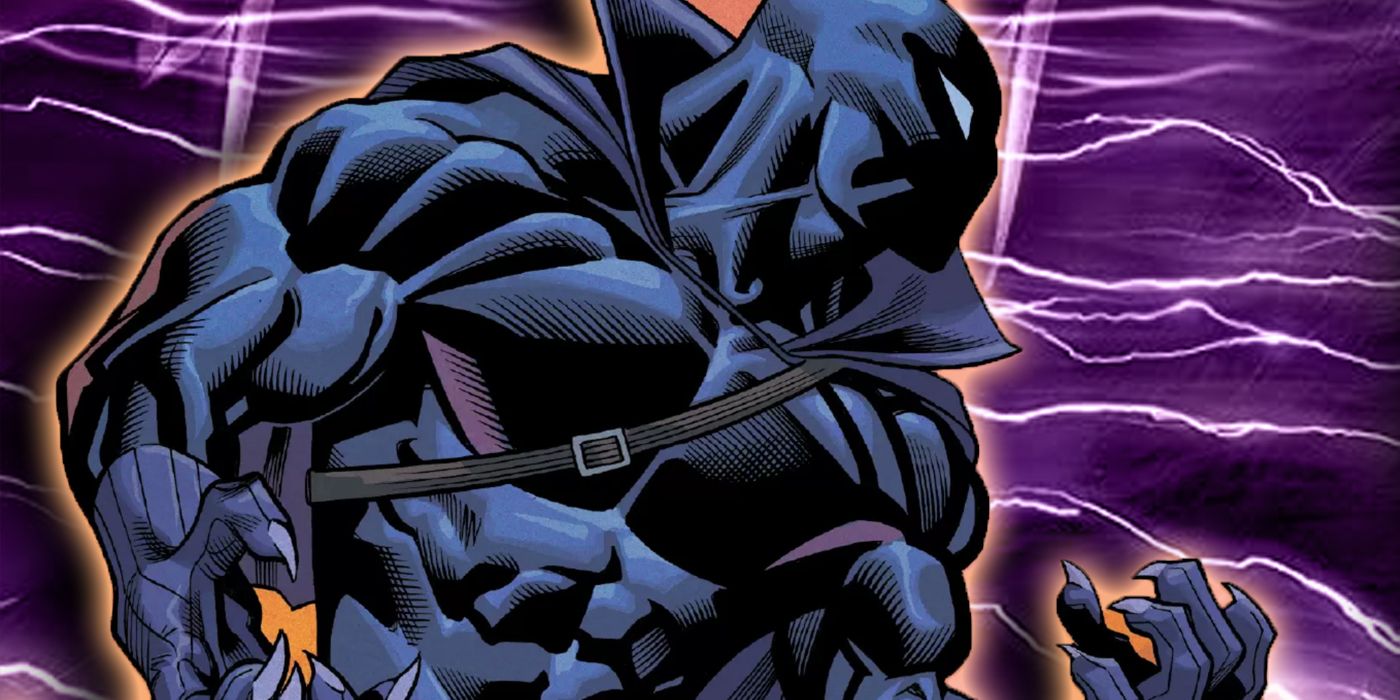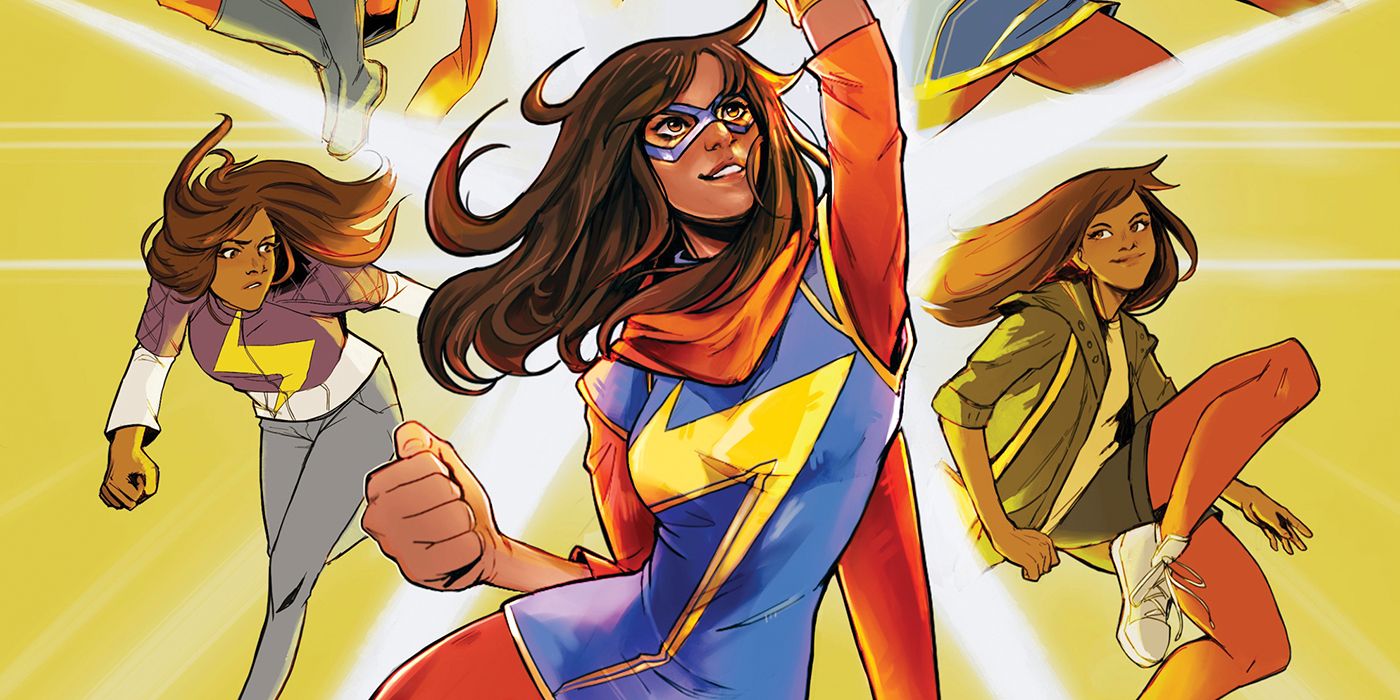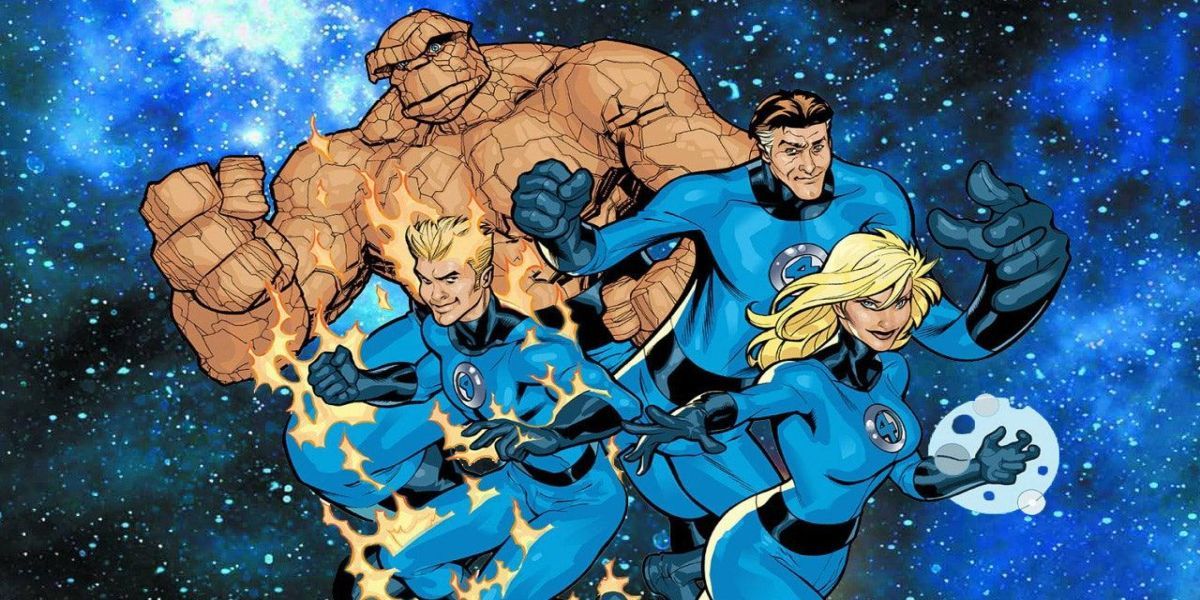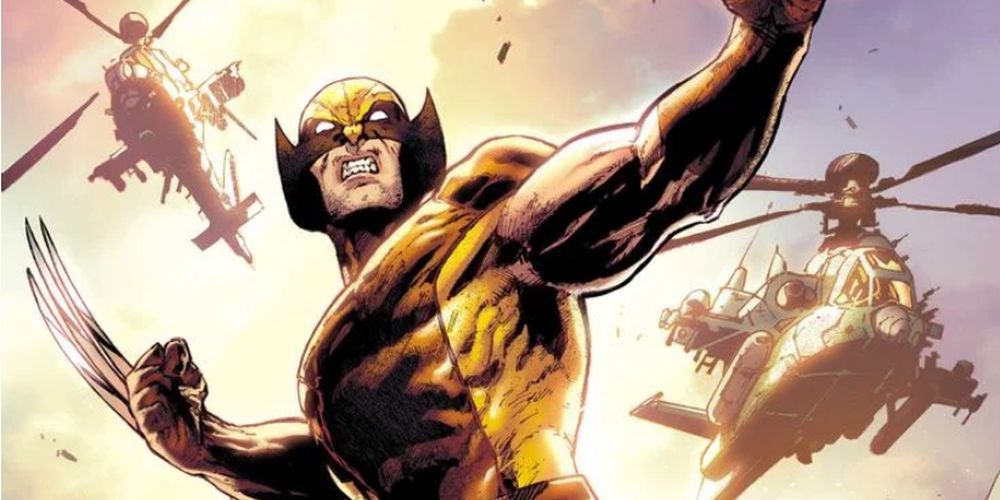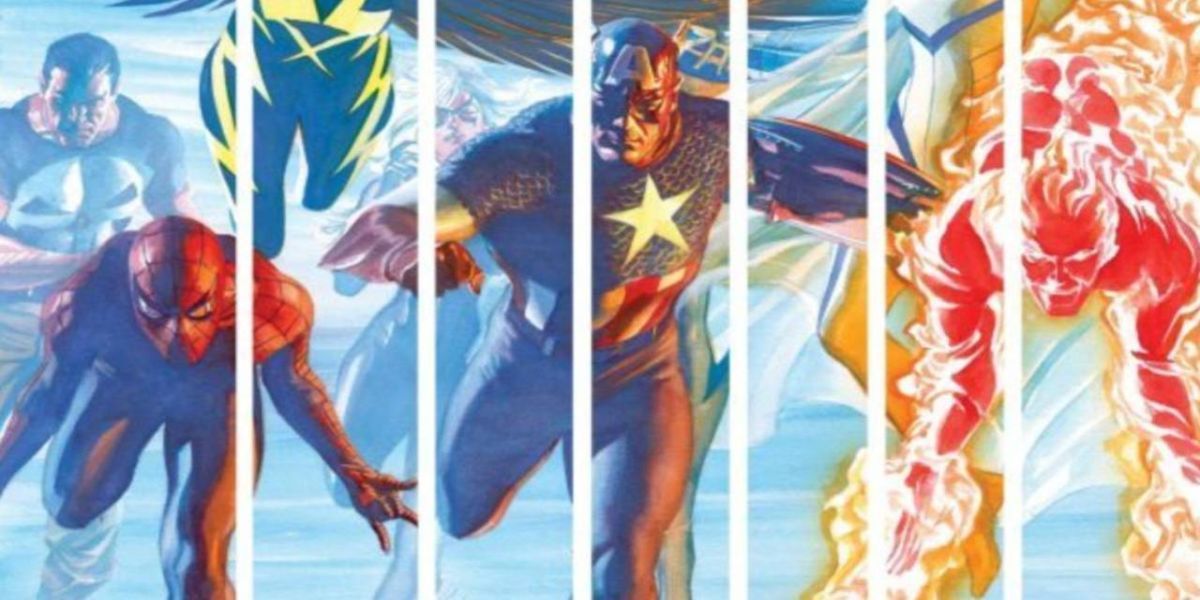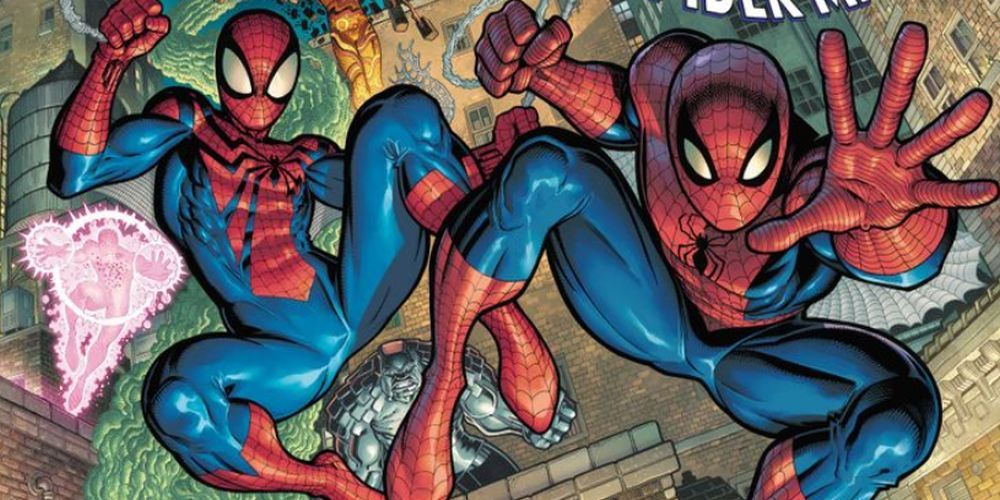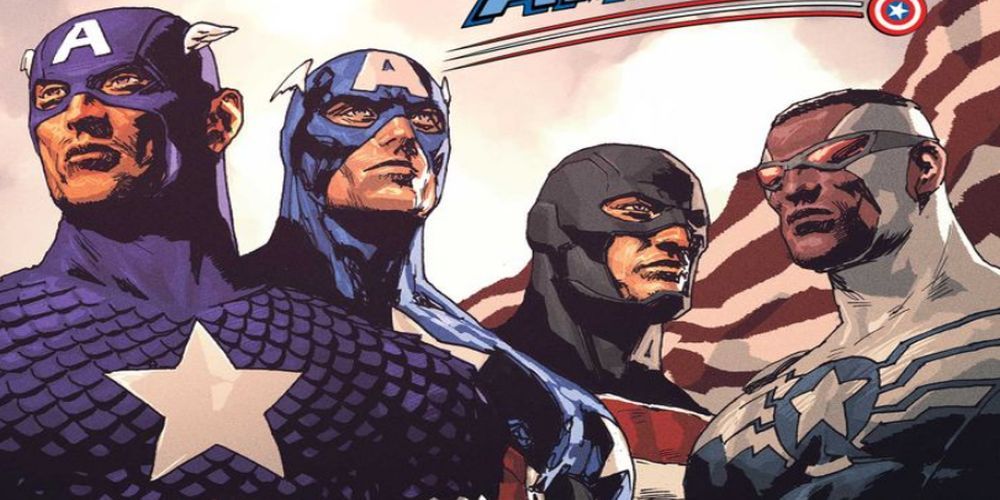Between 1938 and 1954, the Golden Age of comics ushered in an entirely different way of reading. What people once imagined in their heads while perusing pulp fiction and dime novels now appeared in four-color panels. It's a time when a Man of Steel, a Human Torch, and a Captain America battled black hats on American soil and across the globe.
Eventually, crime and horror comics joined the list of Golden Age titles. Together, they set a precedent for the future. It's one that Marvel Comics of the modern age have taken to outshine their predecessors.
10 Immortal Hulk Overshadows Golden Age Horror
Before the government and public decided comic books were evil in the 1950s, horror comics began to not only make their appearance but grow in popularity. Golden Age entries like EC's Tales from the Crypt had creepy stories that complemented stunningly horrific artwork. Though there have been others since then, The Immortal Hulk outshines them all.
The creators of this title, Al Ewing and Joe Bennett, returned to Stan Lee's original concept for the character. He was a mix of Quasimodo, Jekyll & Hyde, and Frankenstein. In the 50-issue run of Immortal Hulk, Ewing and Bennett ratcheted up those horror elements. The result is a book that's both entertaining and chilling.
9 The Avengers Continue To Be A Beacon Of Hope
During World War II, titles like DC's All-Star Comics and Timely's (Marvel's) All-Winners focused on superhero teams who battled the Axis at home and abroad. Covers regularly depicted the Justice Society of America and All-Winners Squad running across the globe to tackle Hitler's minions. However, once the war was won, these teams and titles faded away.
Yet, their responsibilities and determination still shine in The Avengers. Particularly when the team's retconned Trinity -- Captain America, Iron Man, and Thor -- are members. Stories that feature them, or one of their representatives, have a symbolism that represents a continued beacon of freedom.
8 The X-Men Titles Present A Soaring Story About Overcoming Turmoil
An underlying theme of the Golden Age is overcoming turmoil. Consider Batman's history -- he overcame the deaths of his parents to become a crimefighter. The original Human Torch overcame criticisms of being a Synthroid instead of a human.
This theme is prominently threaded through the current X-Men titles. Even after their reboot by Jonathan Hickman -- one where they claimed Krakoa as their mutant nation -- they still deal with constant turmoil every day. They were once feared by their individual looks or abilities. Now, the X-Men and their brethren are feared by their accumulated power.
7 Black Panther Has The Majesty Golden Age Books Once Had
There is a majesty to some Golden Age comics. Titles like Wonder Woman and Sub-Mariner present characters that came from vast kingdoms with immense authority. That feeling is now displayed in titles like Thor and Black Panther.
The latter is a better example of this majesty because it's a modern-day kingdom. Despite their technological advancements, there's a royal atmosphere that abounds. Not only in its king, T'Challa. It's also in his peers and those who live in Wakanda. It's a power that outsiders feel when Black Panther is in their presence.
6 Ms. Marvel Goes Beyond Golden Age Sidekicks
Teenage sidekicks were the rage in the Golden Age of comics. Robin, Speedy, Bucky, and Toro are the most famous of these young adolescents. Today, the sidekick is rare. Even Robin is considered a nearly equal partner to the Dark Knight.
Furthermore, these personalities are heroes in their own right. It's why titles like Ms. Marvel shine over their older counterparts. Besides featuring a hero comfortable in her new role its main character is a female. This is something Golden Age comics never presented to young girls.
5 Fantastic Four Has Always Been About Adventures Beyond The Norm
Not all comics in the Golden Age featured superheroes. Adventure is another prominent genre during this era. It's what DC's Adventure Comics featured before the introduction of Hourman and Sandman stories. Despite a war raging across the Atlantic and Pacific, readers still dreamed of journeying to exciting locations.
This is the personification of the original Fantastic Four series and its contemporary counterparts. Though they are a superhero group, the quartet has probably traveled to more amazing places than even the Avengers. This is courtesy of Reed Richards, a scientist willing to take to the field to prove a theory.
4 Wolverine Is A True Mystery Man
The heroes of the Golden Age are normally identified as Mystery Men. They wore masks or costumes to hide their real identities. Some of these characters entered the fray of battle then vanished without waiting for a thank you.
The current Wolverine and its previous modern-day incarnations outshine the Mystery Men concept. Logan is truly someone whose origins are shrouded in secrecy. Parts of it have been revealed over the decades. Nevertheless, with each new creator comes another missing puzzle piece.
3 The Marvels Coalesces The History Of Its Heroes
The Golden Age established the histories of several comic book characters. Some have disappeared into obscurity. Meanwhile, others continue to make an impression on readers. The newest ones want to know more about them beyond what's found in Wikipedia or other internet sources.
One title that spans this territory is The Marvels. The mini-series by writer Kurt Busiek focuses on a group of heroes from the past, present, and future. It shows scenarios fans may not have known about their favorite characters. On top of this, 1994's Marvels by Busiek and artist Alex Ross outshines Golden Age comics with a comprehensive look at that period and the Silver Age.
2 The Spider-Man Titles Show A Hero With Real Problems
The heroes of the Golden Age were somewhat two-dimensional. While they had origins that shaped their costumed identities and responsibilities, they performed their tasks without much thought. Everything is black and white to these heroes.
Today's Marvel comic books do a fantastic job of detailing the consequences of heroic actions. In fact, they've done this since their incursion into the Silver Age. Amazing Spider-Man is a great example of this. From the first moment, the concept of great power with great responsibility set the tone for the ongoing series.
1 Captain America Is Now About The Way Of Global Democracy
Captain America is one of the few characters in today's comic books that links the Golden Age to the present. Created in the 1940s, his main role was to battle the Axis powers to save democracy. However, that happened mostly for the safety of Americans.
Today, the hero's role goes beyond that concept. He may still be named Captain America, however, he works to maintain democracy across the globe. In a continually complicated environment, it can be a harder job. Fortunately, Captain America comic books have been graced with some powerful talent in modern times to help the hero push through.

